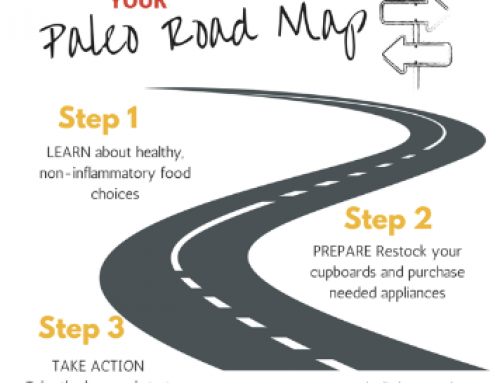Why Mold Might Be An Overlooked Cause of Your Gut Issues

Perhaps you have been working with a doctor or another functional health practitioners and they may have missed mold. Here are three reasons why.
Reason#1: You Haven’t Run the Right Tests
Let’s begin with the GI MAP. There are 2 pictures I tend to see when mold is at play. Profile One: The GI Map come back relatively clean. Perhaps there’s a few opportunistic bacterial infections, but it’s nothing really ground breaking compared to what your symptoms are. This is a GI MAP without worms or amoebas. This is because the GI map is not going to be adequately testing for mold. It does test for candida and some fungal species, but that is typically not comprehensive enough to pick up a mold problem. Sometimes on this type of profile there is a very low secretory IGA – meaning the gut’s immune system in tanked. There also tends to be high beta-glucuronidase when mold is a play. But there is nothing definitive on the GI MAP that will point to mold as the issue. The second profile I tend to see with mold on a GI map is someone whose GI MAP comes back with a lot of infections. These clients tend to be very diligent in treating the discovered infections, but on a retest, often the infections still remain, or new infections have popped up.
Reason #2: It’s Not Evident on a Standard Blood Chemistry
If you go to a conventional MD, and they runs a blood test on you, chances are if you’ve mold illness, most of the markers on the blood tests are going to come back within the normal range because those blood markers within a classic blood chemistry, aren’t geared to detect mold illness. There are several key markers you can special-order to determine mold illness, including c4a.
Reason #3: You Did the Wrong OAT test
If, like me, you ran a OAT test from Genova Diagnostics, you should know that the microbial markers on this test will not pick up mold colonization. The OAT test from Great Plain laboratories includes metabolites of fungi and mold species such as aspergillus and black mold.
There are two general ways that mold can show up in the body to create illness. Number one is mold colonization. This is where the mold takes root in your body and starts to grow there. Mold can colonize on any mucosal lining in the body. What this essentially means is it’s going to grow in your gut, and it’s also going to grow in your lungs and it’s going to grow in the nasal cavity. So if you have chronic sinus issues (in addition to, or instead of chronic gut issues) you also want to be thinking about mold. The second way is when mycotoxins are stuck in your body. This may not necessarily be as a direct result of mold colonization, but it could have been exposure from years ago that you body has simply been unable to detox.
Signs of Mold Issues
The following symptoms have been linked to mold:
- fatigue
- aches
- unusual pains
- headaches
- red eyes
- tearing
- cough
- abdominal pain
- joint pain
- memory issues
- word recollection issues
- skin sensitivities
- appetite swings
- temperature regulation issues
- light sensitivity
- blurred vision
- sinus issues
- diarrhea
- histamine issues
- oxalate issues
- anxiety
- mood swings
- night sweats
- static shock
- a metallic taste in your mouth
- tingling
It is often the case with gut issues, that the individual is eating very clean, and still has a significant amount of symptoms despite these. I have seen clients who have reduced their diet to around eight foods, without significant changes to digestive function.
Where does Mold Come From?
Mold exposure doesn’t need to be obvious. You don’t have to have lived in some dungeon with mold on the walls in a basement apartment with a really obvious musty smell. Mold can exist without you knowing, and many types are invisible to the eye. Mold can also come from food. If you read HERE, you will learn about how many grains grown in North America are contaminated with mold.
How to Tell if You Have a Mold Problem In Your Body
Test #1: MOATS Test: This is a microbial Organic Acid test run by Great Plains Laboratory. It will test for metabolites of different fungi and mold.
Test #2: Mycotoxin Test: This test will look at the degree of mycotoxin exposure in your body. You can tell the type of mycotoxin and the degree of which is inside the body.
Test #3: MarCons The third test I looked to look is a Nares swab that screens for MarCons. ssentially this is staph infection that’s resistant to two or more antibiotics. What is important here is when the staph infection becomes resistance to two or more antibiotics, then it starts lowering the body’s production hormone called MSH. With a low MSH, you’re going to become more and more vulnerable to infections, including that nasal infections. This creates a vicious cycle, the MarCons lowers the MSH, which makes you vulnerable to more MarCons and the cycle continues. Low MSH is one reason why a Gi MAP retest will keep coming back with a high level of infections, despite adequate treatment – because the low MSH is reducing your immune system’s effectiveness in treating infection, therefore making you vulnerable to chronic gut infections.
Looking to learn more? Schedule a free discovery call to if you have mold living inside of you!.







